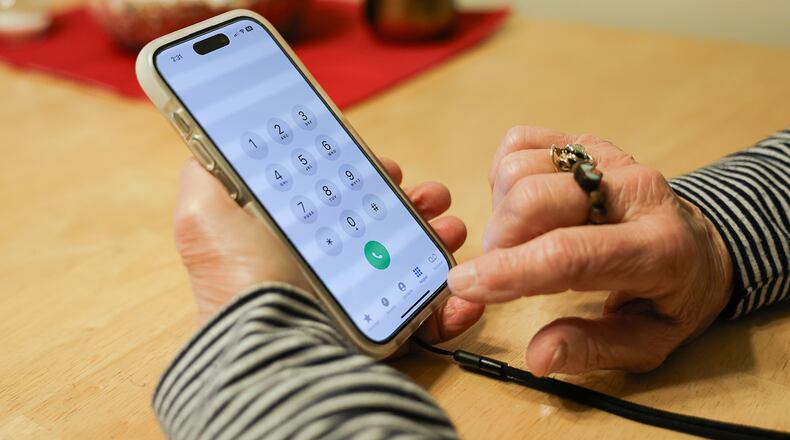A recent Dayton Daily News analysis found consumer fraud complaints to the Federal Trade Commission from the Dayton metro area increased 15% last year to an all-time high of 8,820.
Here are 7 things to know from our reporting:
1. Kettering woman: Our most recent story involves an 80-year-old Kettering woman. The Dayton Daily News agreed not to identify her because she is a fraud victim. She agreed to share her story — braving the embarrassment that fraud victims often feel — in the hopes it’ll help other people avoid such scams.
2. How it started: The woman fell into scammers’ trap when she called a number she thought was for Google because she was having trouble logging into her account. The man who answered convinced her he was a Google technician and would help her. He gave her a fake name, employee ID number and enough to make him sound credible.
3. The scheme grows: The scammer said her account was hacked, and her bank information was at risk. He brought in another man claiming to be from her bank, who told her they need to move her money to a safe place.
- “I should have said ‘I’ll get back to you some other time,’ then called my bank and told them ‘Put holds on everything. Don’t let anything go out,’ but ... they just convinced me,” she said.
4. Springing the trap: The scammers convinced the woman to visit several bank branches, withdrawing more than $50,000 and transferring it to their control.
- “They (the scammers) kept me on the phone, (which was) in my pocket, not talking to them, but ... kind of keeping their ear on things,” she said. They said, ‘Now don’t say anything to any of the employees, because we don’t know that one of them isn’t maybe in cahoots with this.“
5. Reporting: By the time she figured out it was a scam, it was too late. Police said there was nothing they could do. They gave her a pamphlet with information, including how to contact the Ohio Attorney General’s Office, the Federal Trade Commission and the FBI’s Internet Crimes Complaint Center, or IC3, “the central hub for reporting cyber-enabled crime.”
6. Imposters: The woman fell victim to what’s called an imposter scam, where the fraudster claims to be with the government, a bank or another trusted agency. New FTC data shows consumers reported losing $12.5 billion via fraud in 2024, which was a 25% increase from 2023. Ohio’s top three were business imposters, online shopping and government imposters.
7. Protect yourself: The Ohio Attorney General’s Office cautions to never allow strangers remote access to your device. “Know that technical support companies will not call you if there is a problem with your device,” the AG’s Office warns on its cybersecurity site. That site and our story have multiple tips to protect yourself.
About the Author

